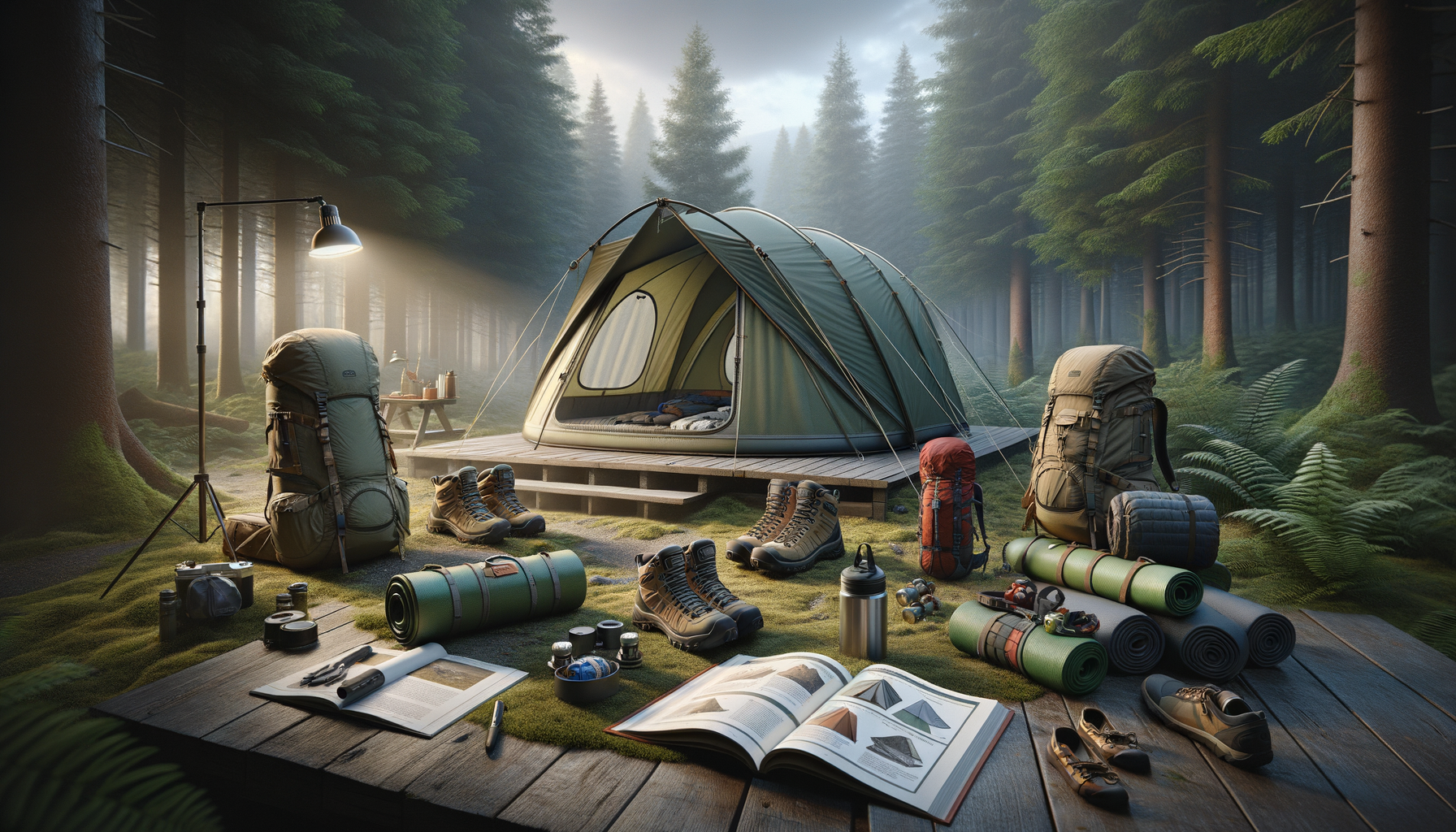Camping Gear Essentials
When planning a camping trip, the right gear can make all the difference between an enjoyable experience and a challenging one. Camping gear is not just about survival; it’s about comfort and convenience in the great outdoors. Essential items include a reliable tent, sleeping bag, cooking equipment, and lighting. Each of these components plays a crucial role in ensuring you have a safe and comfortable trip.
The tent is your primary shelter from the elements. Look for one that is easy to set up and offers adequate protection against wind and rain. A three-season tent is usually sufficient for most camping conditions, providing a balance between ventilation and weather resistance. For sleeping bags, consider the temperature rating, which indicates the lowest temperature the bag can handle while keeping you warm. A sleeping pad is also recommended for added comfort and insulation from the cold ground.
Cooking gear varies widely depending on your needs, but a portable stove, lightweight pots, and utensils are generally recommended. Don’t forget about lighting; headlamps and lanterns can be invaluable in a campsite with limited light sources. Lastly, remember to pack a first-aid kit, insect repellent, and sunscreen to address any unforeseen issues that may arise.
Hiking Equipment: What You Need to Know
Hiking requires a different set of gear tailored to mobility and endurance. The key is to balance weight with functionality. The most critical piece of hiking equipment is footwear. Proper hiking boots offer support, traction, and weather resistance, essential for tackling various terrains. Consider the material and fit; leather boots provide durability, while synthetic options offer lighter weight and faster drying times.
Backpacks are another vital component. They should be spacious enough to carry essentials like water, snacks, and a first-aid kit, yet comfortable enough to wear for extended periods. Look for features like adjustable straps, multiple compartments, and hydration compatibility. Trekking poles can also be beneficial, providing stability and reducing strain on knees during ascents and descents.
Clothing should be layered, allowing you to adapt to changing weather conditions. Moisture-wicking fabrics are ideal for base layers, while insulating layers like fleece or down jackets provide warmth. A waterproof outer layer is crucial for protection against rain. Accessories like hats, gloves, and sunglasses can further enhance your comfort and safety on the trail.
Tent Buying Guide: Making the Right Choice
Choosing the right tent involves more than just picking the first one you see on sale. Consider the number of people it needs to accommodate, the weather conditions you’ll face, and the type of camping you plan to do. Tents come in various sizes and shapes, from compact solo tents to spacious family-sized models.
For solo or duo camping trips, a lightweight, compact tent is ideal. These are easy to carry and set up, making them perfect for backpacking. For families or groups, a larger tent with multiple rooms or dividers can offer privacy and comfort. Pay attention to the tent’s weight and packed size, especially if you’ll be carrying it for long distances.
Weather conditions play a significant role in tent selection. If you’re camping in a region prone to heavy rain or strong winds, look for a tent with a robust frame and high-quality rainfly. Ventilation is another critical factor; mesh panels and windows can help reduce condensation and keep the interior comfortable. Finally, consider the tent’s setup complexity. Some models offer instant setup features, while others may require more time and effort.
Comparing Camping and Hiking Gear
While camping and hiking gear serve different purposes, understanding their differences can help you make informed decisions. Camping gear focuses on comfort and utility at a fixed location, while hiking equipment emphasizes portability and efficiency on the move. However, there are overlaps, such as the need for durable and weather-resistant materials in both types of gear.
Camping gear often includes bulkier items like larger tents, cooking equipment, and comfort-focused sleeping arrangements. These items are usually transported by vehicle, allowing for more flexibility in size and weight. In contrast, hiking gear is designed to be lightweight and compact, with a focus on items that can be easily carried over long distances, such as compact tents, lightweight sleeping bags, and portable cooking systems.
When planning a trip that involves both camping and hiking, consider creating a gear checklist that includes essentials from both categories. This approach ensures you have the necessary equipment for both stationary and mobile activities, enhancing your overall outdoor experience.
Conclusion: Preparing for Your Outdoor Adventure
Whether you’re an experienced outdoor enthusiast or a newcomer to camping and hiking, choosing the right gear is crucial for a successful adventure. By understanding the essentials of camping gear, the specifics of hiking equipment, and how to select the appropriate tent, you can ensure a safe and enjoyable experience in nature.
Investing in quality gear not only enhances your comfort but also your safety. While it might be tempting to cut costs, remember that well-made equipment often provides better performance and longevity. As you prepare for your next adventure, keep these considerations in mind to make the most of your time outdoors.




Leave a Reply